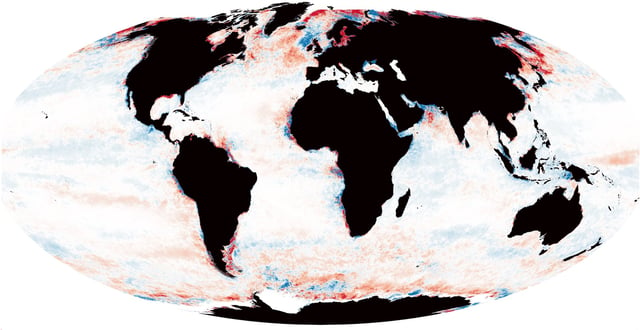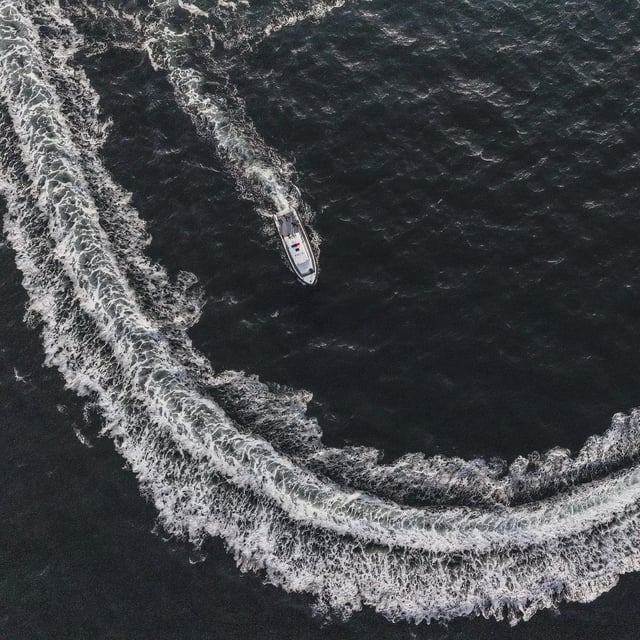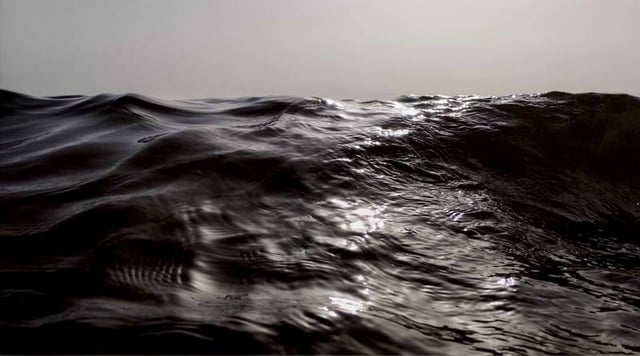Overview
- Satellite data and modelling show 21% of the world’s oceans darkened between 2003 and 2022, with photic zones in 9% of those areas becoming more than 50 metres shallower.
- Approximately 10% of ocean regions lightened over the same period, highlighting complex spatial variability in light penetration.
- The study combined NASA’s Ocean Color Web imagery with numerical models at 9 km resolution to map annual changes in photic zone depth worldwide.
- Strongest declines in sunlit waters were observed along the Gulf Stream and around polar regions, while coastal seas like the Baltic experienced significant darkening.
- Reduced light penetration compresses habitats near the surface, disrupting photosynthesis, food webs and the ocean’s ability to support fisheries and sequester carbon.



